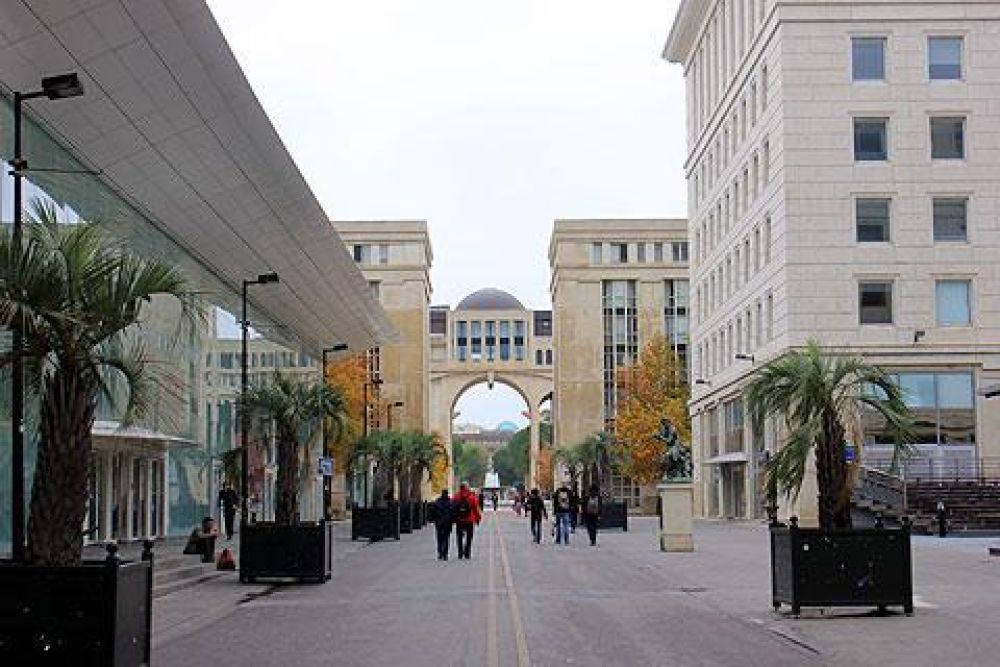

Located in the vibrant city of Montpellier, the Antigone District stands as a testament to contemporary urban development and neoclassical architecture. Designed by the renowned Catalan architect, Ricardo Bofill, the district was conceived in the 1970s and development began in 1979, spanning into the late 1990s. Antigone represents an extension of the historical city center, intricately blending the elegance of classical Greek and Roman styles with the functionalities of modern urban living.
Originally, the area where Antigone now stands was predominantly military barracks. The project was initiated as a part of the city's expansion plans to accommodate a growing population and to reinvigorate its urban landscape. Bofill's grandiose vision aimed to create a spatial dialogue between the old and the new, which is evident in the district's grand promenades and impressive edifices that mirror the historical grandeur of Montpellier.
Since its completion, Antigone has become a cultural and residential hub, attracting both locals and tourists alike. Its proximity to the historic center made it an extension of the tourist itinerary, with the district's broad avenues, open public spaces, the Olympic-sized swimming pool - the Piscine Olympique d'Antigone (P.O.A), and the neoclassical architecture adding to its appeal. The Polygone shopping center and the Lez river further enhance the district's attractiveness as a leisure destination.
Nowadays, Antigone is not just a symbol of architectural innovation but also a live example of how urban spaces can adapt to the needs of modern society while preserving cultural heritage. Visitors are drawn to the district's unique blend of architecture, open-air cafes, and cultural spaces, making it a bustling microcosm within Montpellier.
Among the latest tourism trends observed in Antigone is the rise of experiential and sustainable tourism. Travelers are increasingly seeking authentic experiences that offer a deeper connection to the place's history and culture. Bike tours, local culinary experiences, and guided walks through Antigone's historical landmarks, such as the Place de Thessalie and the Esplanade de l'Europe, are becoming particularly popular.
In the digital age, tourism in Antigone has been shaped by online marketing and social media. Platforms like Instagram and TripAdvisor contribute to the district's allure, inspiring a new generation of digital-savvy tourists. Hotels and local businesses have adapted accordingly, offering online booking services, virtual tours, and digital guides to cater to the needs of international visitors.
In conclusion, the Antigone District's history of tourism reflects its evolution from a vision of architectural renewal to a thriving modern area that honors its roots in classical antiquity. The district continues to adapt to the latest trends in tourism, ensuring a dynamic and sustained appeal to tourists worldwide.